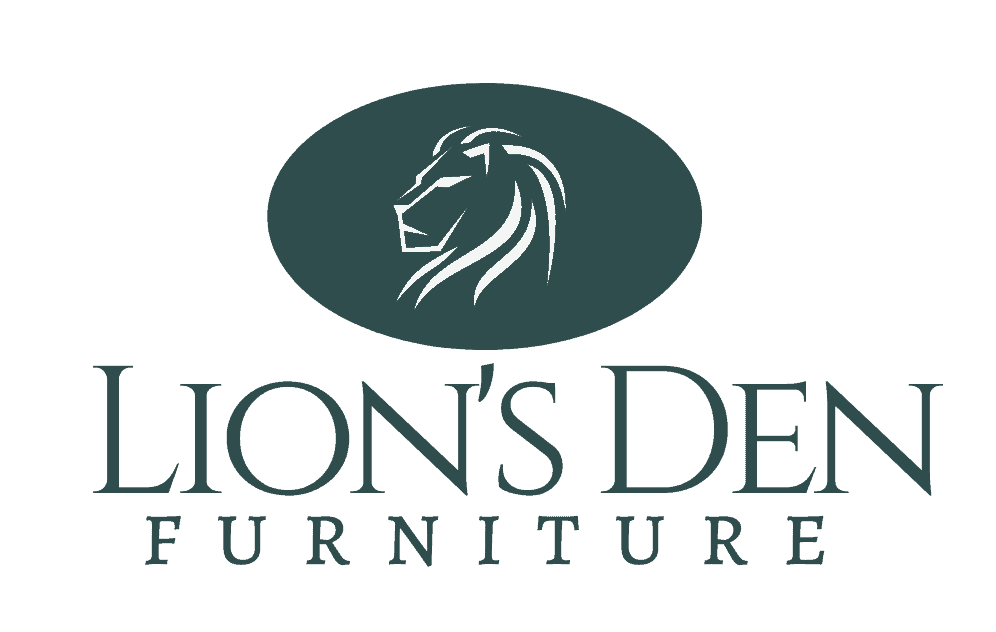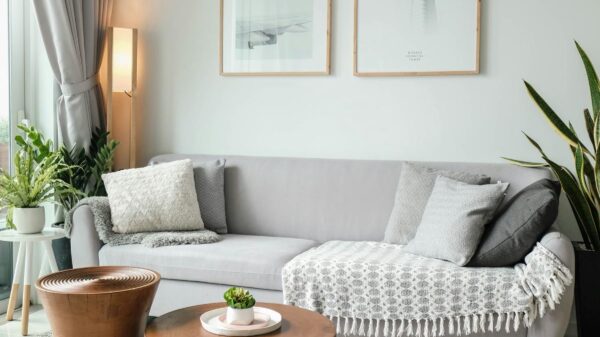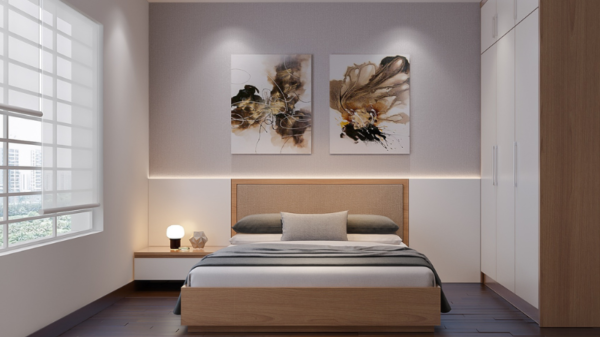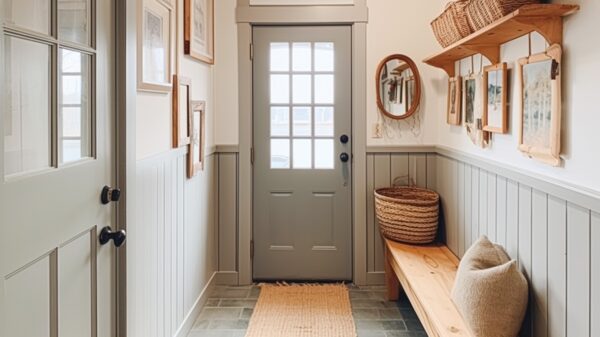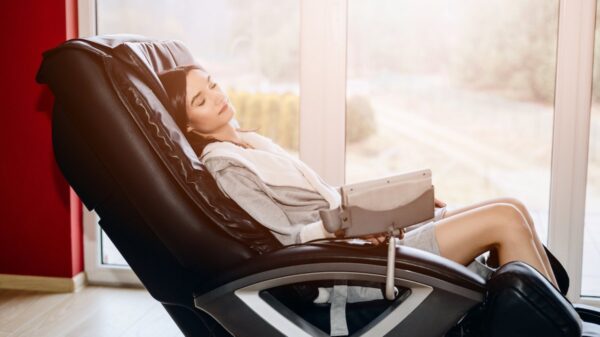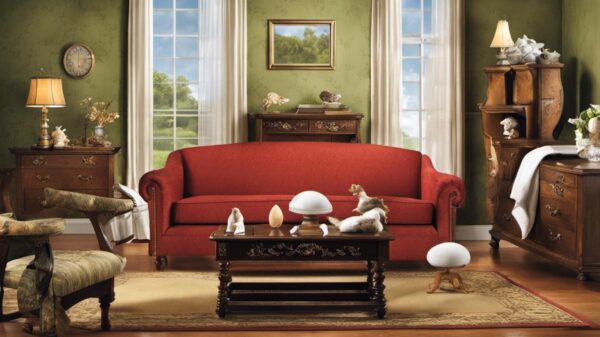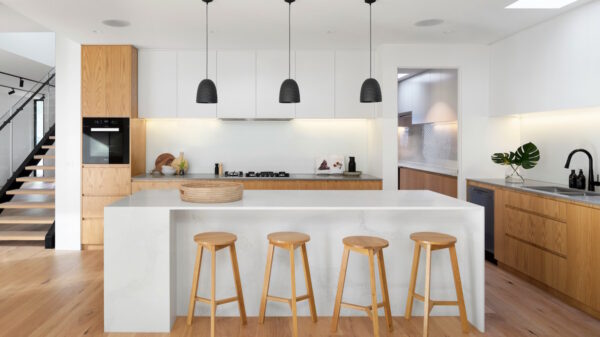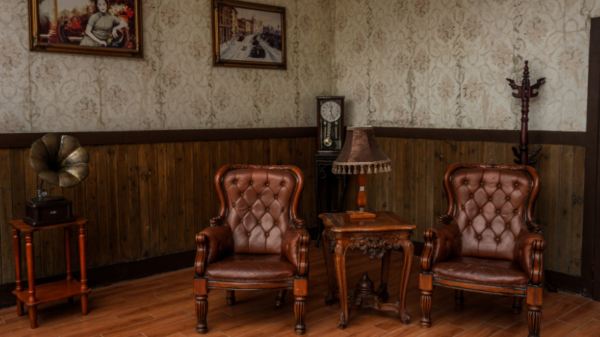Workspace Ergonomic Home Furniture
As our daily lives become increasingly intertwined with our work, finding a balance between productivity and comfort has proven to be a key challenge. One solution that has been making waves is the use of ergonomic furniture—designed with the user’s well-being in mind. The importance of ergonomics in home furniture not only underlines a shift in how we view our work environments but also emphasizes the need for health-centered solutions.
Ergonomic furniture, with its unique and innovative features, aims to curtail common work-related complaints such as back pains, neck pains, and fatigue, which can significantly hinder productivity. Meanwhile, from a business perspective, the burgeoning demand for ergonomic home office set-ups presents a fertile ground for opportunities for growth and investment.
Why Ergonomic Home Furniture Matters
Passion for innovation and understanding market needs are paramount to staying at the vanguard of investment opportunities. One market that has been drawing unprecedented attention recently is ergonomic home furniture. If you’re a business-savvy individual, it’s essential to explore this burgeoning industry and consider it within your investment portfolio.
Why Ergonomic Home Furniture?
The reasons for investing in ergonomic home furniture are threefold.
- The sizable market growth potential is anticipated through 2025 and beyond. The remote working trend, bolstered by the COVID-19 pandemic, is here to stay. Countless companies around the globe are adjusting their strategies to accommodate remote workforces, subsequently creating a thriving market for home office furniture.
- The reinforced global emphasis on health and wellness. As work environments shift to home settings, there’s an increased understanding of maintaining physical and mental well-being, notably through ergonomically designed furnishings. This demand is not just a trend; it’s an evolution in consumer behavior.
- The advancements in technology and design have pushed the industry to uncharted territories, creating furniture that’s not only form-fitting and comfortable, but also aesthetically appealing. In essence, this innovative and disruptive design approach is revolutionizing the industry.
Connecting the Dots: Innovation
This is the intersection where innovation makes its grand entrance. Constant improvements to achieve maximum comfort merged with advanced technology such as IoT capabilities, and sophisticated designs, present numerous opportunities for entrepreneurs to transform the traditional idea of “furniture”. Turning a product into a service, maybe via subscriptions for high-end ergonomic products, could be an innovative way to fill this market need.
The Financial Aspect
The ergonomic furniture market, according to Mordor Intelligence, was valued at USD 15.27 billion in 2020 and is expected to reach USD 24.64 billion by 2026, projecting a CAGR of 8.2% over the forecast period (2021-2026). In terms of finance and investment returns, this presents a ripe opportunity that’s worth investigating for forward-thinking, business-savvy individuals.
Professional Networks and Trends
Tapping into existing professional networks and leveraging collective knowledge can play a significant role in this journey. Wisdom often lies in diverse boardrooms, so connect, engage, and gather insights to make informed decisions. Additionally, keeping abreast with the latest business and finance trends, specifically within the ergonomic furniture industry, becomes indispensable to stay ahead of the game.
The future of work and wellness lies, quite literally, in the lap of ergonomic home furniture. It’s not just the next big thing, it’s already here. Therefore, it only seems natural for those with keen business acumen to seize this solid investment opportunity, enrich their portfolio, and contribute to an evolving market that’s addressing and adapting to a global necessity.
Features of Ergonomic Home Furniture
Unearthing Value: The Intrinsic Qualities and Benefits of High-Quality Ergonomic Furniture
In the swiftly evolving realm of business, one would be remiss to ignore the expansive juncture created by the burgeoning trend of health-conscious living and remote working. This fusion has paved the way for rapid growth in the demand for ergonomic home furniture, influenced by a continual upsurge in technological advances and design innovations. The following discourse delves into the characteristic features of top-notch ergonomic furniture and the unique advantages they proffer to the discerning consumer.
At the epicenter of first-rate ergonomic furniture is its most defining characteristic- the efficiency of design. Rather than conforming the individual to the furniture, as conventional options do, ergonomic designs are delineated around the human body. They cater to an individual’s unique comforts, catering to their specific contours and posture, helping to avert problems with health and productivity that can arise from ill-suited seating arrangements. This human-centric design is not just a clever marketing trope, but a reliable solution to countering the effects of prolonged sedentary behavior.
Moving on to another pivotal aspect of ergonomic design—the choice of materials. The use of premium-quality substances ensures durability and endurance, making for a sound investment. By integrating materials with characteristics like flexibility, breathability, and resilience, ergonomic furniture can provide unattainable comfort for the end-user. This incorporation of quality substances also cultivates aesthetic appeal, making the ergonomic pieces practical yet visually pleasing additions to the workspace.

Additional Benefits
The strength of high-quality ergonomic furniture also lies in its adaptability. Its designs support multiple postures, can handle a variety of activities, and adjust seamlessly to individual needs, making customization a cornerstone feature. This adaptability extends to additional features, such as adjustable armrests, lumbar supports, or seat heights—ensuring the furniture evolves with the individual’s comfort requirements and not the other way around.
The versatile advantages of this niche sector are the outcome of these intrinsic characteristics. For instance, the investment in ergonomic furniture by businesses not only nourishes the well-being of their personnel but can significantly boost their productivity levels. A study by the International Journal of Industrial Ergonomics found that ergonomically improved conditions can lead to productivity increases of 17%. A noteworthy statistic that makes ergonomic furniture more than just a passing trend – but a market with enormous business potential.
Additionally, ergonomic furniture helps to improve health and mitigate the risk of musculoskeletal disorders, which have a considerable adverse impact on professional life. According to the Bureau of Labor Statistics, workspace-related musculoskeletal disorders account for 33% of all worker injury and illness cases.
The intelligent integration of ergonomic design and high-quality materials creates a product that is not just of the moment but has a definite future in the business landscape. Its dual advantage in promoting health and boosting productivity makes this market not just ripe for consumer advantage, but also a lucrative space for deep-seated business investments. Fashioning a win-win scenario for profiteers as well as consumers, ergonomic furniture is leading the charge in redefining the furniture business.
Ergonomic Home Furniture & Business Opportunities
In the face of current global realities, the ripe business sector is progressively adapting. Unveiling in its wake opportunities that, if properly harnessed, could yield substantial rewards. Among these opportunities is the ergonomic furniture industry. Beyond the previously discussed topics like market growth, the impact of remote work, emphasis on wellness, industry innovations, financial prospects, networking, and industry trends among others, there are still more potential prospects within this evolving field.
A crucial factor that needs to be addressed is the efficiency of design in ergonomic furniture. That’s the fulcrum upon which the concept of ergonomics revolves. Efficiency is the vehicle that drives comfort, reliability, and longevity, ultimately culminating in customer satisfaction. It’s essentially what differentiates an ergonomic piece of furniture from a regular one and stands as a powerhouse in propelling the industry forward.
The design isn’t just about the appearance or aesthetic appeal. It’s significantly more. It delves into intricacies more personal, more human. Human-centric design, as it’s popularly referred to, zeroes in on the individual, focusing on their comfort and decreasing the potential for work-related injuries, or in more severe cases, musculoskeletal disorders. With an increasing global awareness of health protection, ergonomic furniture offers a practical solution for employers to boost their workforce’s productivity and overall well-being. It’s beyond doubt, that the marketplace for ergonomic furniture with human-centric design promises deep potential and substantial pecuniary gains.
Materials And Production
The caliber of materials used also plays an indomitable part in the production of ergonomic furniture. This isn’t merely about durability but also about the eco-sustainability of these materials. The industry is gradually leaning towards the use of premium quality materials which not only guarantees longevity but also sustainability, a vital characteristic much relished by the modern consumer.
The adaptability and customization aspect of ergonomic furniture further extends their market appeal. Today, consumers want products tailored to meet their unique needs. The ergonomic furniture industry readily conforms to that want. The flexibility of these furniture pieces to adapt and be customized is yet another prime potential that could accelerate this industry’s reach and profitability.
Lastly, the benefits that ergonomic furniture offers for businesses are immensely profuse. Better productivity, of course, is a profound advantage. Employees who use ergonomic furniture are usually in better health and are more likely to perform at an optimal level. In return, businesses could enjoy better worker engagement, fewer sick days, and an overall enviable return on investment.
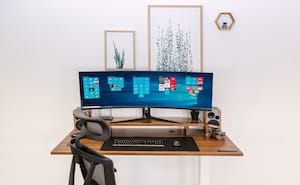
Conclusion
In conclusion, the potential in the ergonomic home furniture market stretches beyond the horizon. The industry will invariably keep evolving. The realization of these potentials hinges on the strategic actions, investments, and design of revolutionary innovations that entrepreneurs and businesses are willing to make. It demonstrates that the ergonomic furniture industry has much more to offer.
Ergonomic furniture’s rising prominence signifies our collective stride towards a healthier, more productive approach to work. Its core features – flexibility, adaptability, and clever design – echo our human qualities, making it an essential component in work-from-home settings.
From alleviating physical stressors to boosting productivity, the importance of ergonomic furniture is undeniable. Equally compelling is the myriad of business opportunities it presents – from manufacturing to retail and design innovation, each gesture towards a future where work, comfort, and health coalesce harmoniously. In this rapidly changing landscape of work culture, the integration of ergonomics into our homes emerges not only as a trend but as a necessity.

